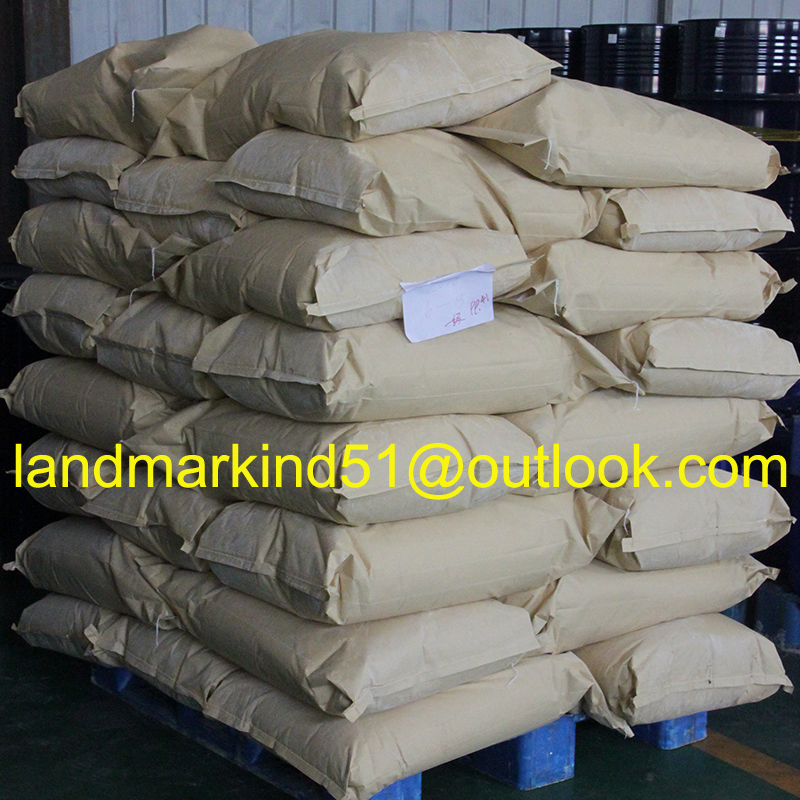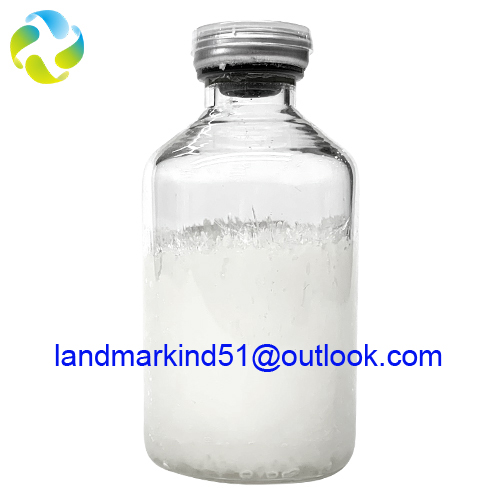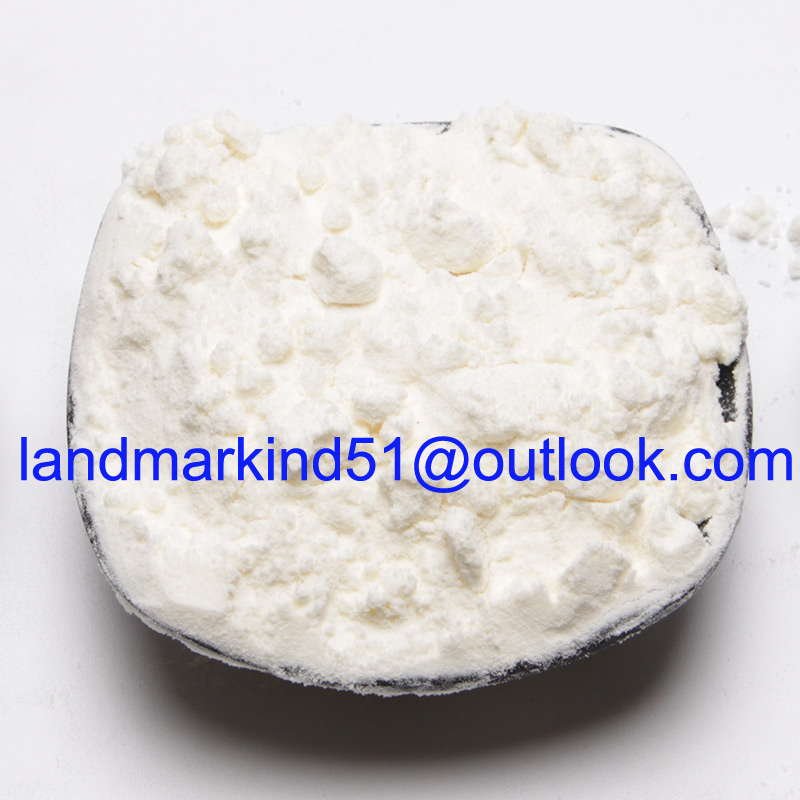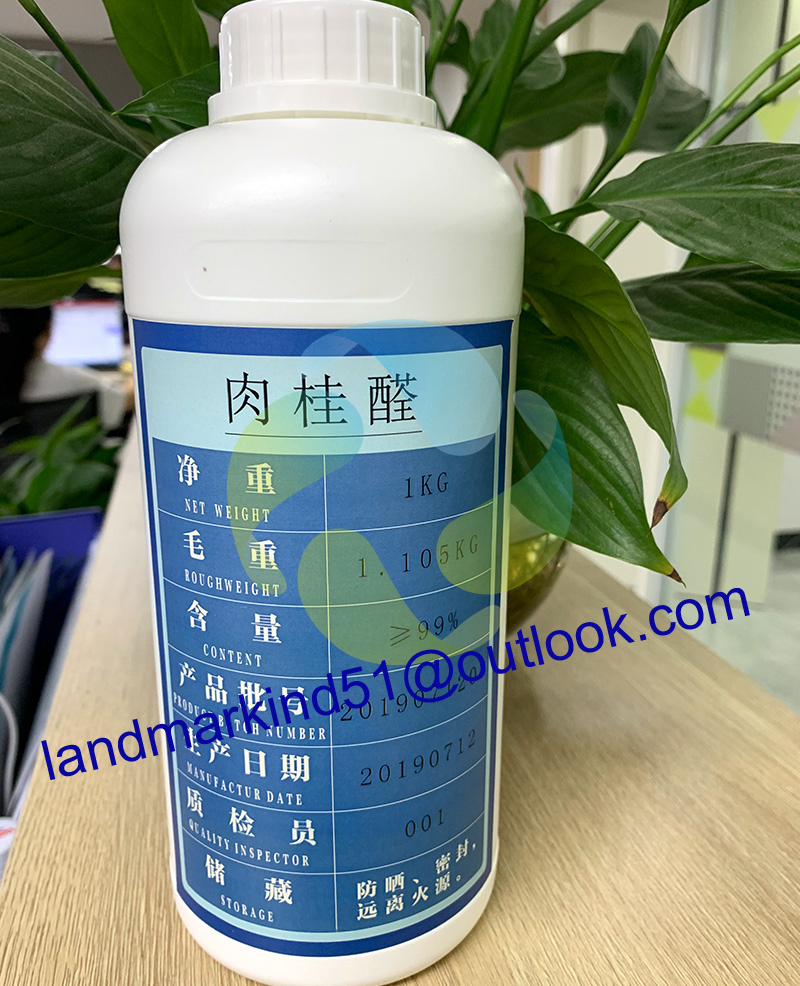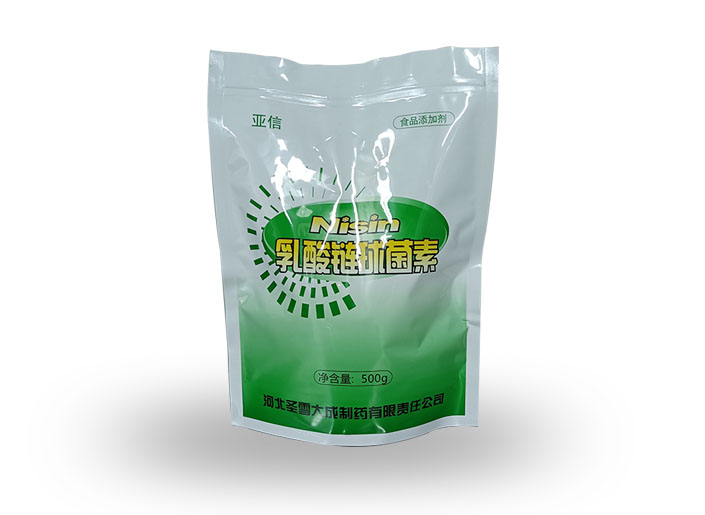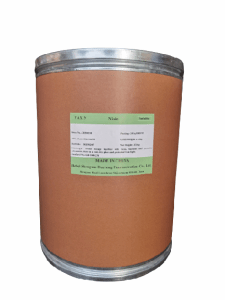Fine Chemicals Raw Materials Methyl Cinnamate CAS 103-26-4


Tyrosinase, also known as polyphenol oxidase, is widely found in plants, animals and humans. It is a key enzyme in the synthesis of melanin by organisms. Tyrosinase inhibitors inhibit melanin production by inhibiting tyrosinase activity, and thus can be used to prevent and treat diseases such as pigmentation and melanoma. At present, tyrosinase inhibitors such as hydroquinone, fruit acid, vitamin C, kojic acid, and arbutin have been used as a whitening agent in cosmetics, but hydroquinone and fruit acids have gradually been eliminated due to irritation; vitamin C Kojic acid is easily oxidized and has a short shelf life. Arbutin is widely used as a plant extract because it has the advantages of safe action. However, the inhibitory effect of tyrosinase is not strong. The amount of arbutin added in cosmetics should be as high as 2% or more. effective. Therefore, the development of safe and efficient tyrosinase inhibitors has increasingly attracted people's attention.
Experts in the study found that methyl cinnamate has a significant inhibitory effect on tyrosinase, can inhibit the activity of tyrosinase monophenols and diphenols enzyme activity. The inhibitory effect of monophenolase on tyrosinase was mainly manifested in the significant prolongation of the lag time of enzyme-catalyzed reaction, and the inhibitory effect on diphenolase showed a type of reversible competitive inhibition with an inhibitory constant (K) of I 0.66 mmol. /L, the methyl cinnamate concentration (IC50) with a relative inhibition rate of 50% for p-diphenolase (IC50) was 1.49 mmol/L, much lower than the current commonly used arbutin (IC50) = 5.3 mmolL). In addition, methyl cinnamate is highly safe and has been widely used in daily flavors and food flavors, and is considered to be a very promising tyrosinase inhibitor.
Hysteresis is a typical feature of tyrosinase catalyzed oxidation of L2 tyrosine. The study found that when the concentration of methyl cinnamate was 0.80 mmol/L, the delay time was extended to 3.2 min, and the hysteresis time was increased by nearly 3 times. The relative inhibition rate of methyl cinnamate against monophenols increased with the increase of methyl cinnamate concentration, resulting in a methyl cinnamate concentration (IC50) of approximately 0.61 when the relative inhibition rate of monophenolic enzyme reached 50%. The concentration of methyl cinnamate (IC50), which caused the relative inhibition rate of diphenolase to reach 50%, was approximately 1.49 mmol/L.
The study further proves that the inhibition of the enzyme by methyl cinnamate is a reversible process. Methyl cinnamate reduces the catalytic efficiency by inhibiting the enzymatic activity, rather than decreasing the enzyme activity by reducing the amount of effective enzyme. This also suggests that the combination of methyl cinnamate and the enzyme results in the inhibition of the enzyme activity, rather than inactivating the enzyme's molecular conformation permanently.
Other supplier products
All supplier products
Same products









